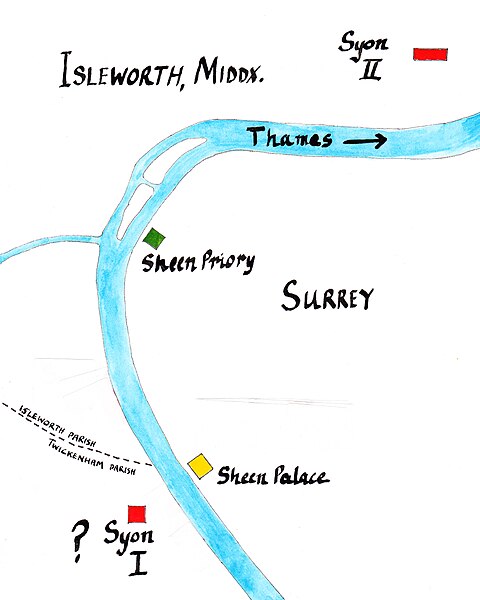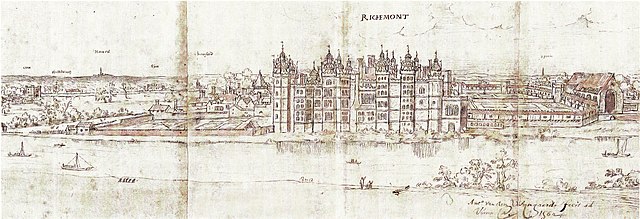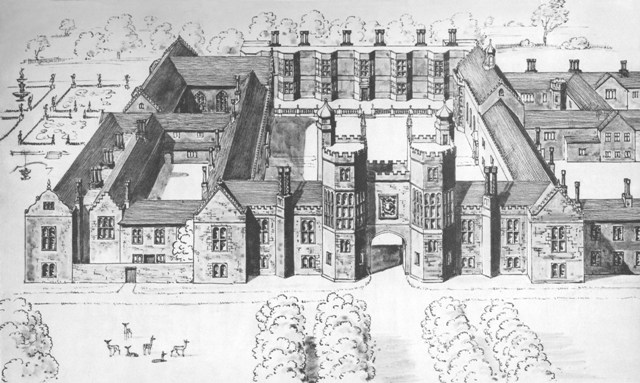Henry VIII had quite a few residences at his disposal
Hampton Court Palace
Whitehall Palace
Tower of London
Eltham Palace
Richmond Palace
Greenwich Palace and others!
A list of King Henry VIII's Palaces & Royal Houses
He was well housed! He had more palaces than any king before or since. Of course court life was quite peripatetic. They had to move on every so often so the palace they had been in could have a deep clean, not to mention having used up all the resources in the locality.






